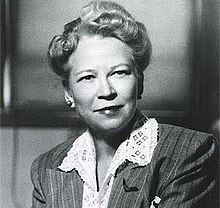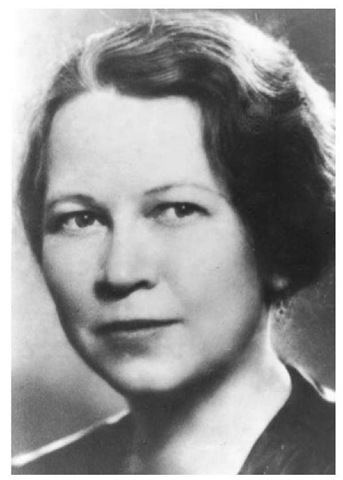Name Edith Quimby | ||
 | ||
Born July 10, 1891Rockford, Illinois ( 1891-07-10 ) Fields Physics, medical research Died October 11, 1982, New York, United States Books Physical Foundations of Radiology | ||
Edith Hinkley Quimby (July 10, 1891 – October 11, 1982) was an American medical researcher and physicist, best known as one of the founders of nuclear medicine. Her work involved developing diagnostic and therapeutic applications of X-rays. One of her other main concerns was protecting both those handling the radioactive material and making sure those being treated were given the lowest dose needed.
Contents

Life and education
She was born one of three children, on July 10, 1891 in Rockford, Illinois, to Arthur S. Hinkley, a farmer and architect, and Harriet Hinkley. In 1912, she graduated from Whitman College in Washington with a bachelor's degree in mathematics and physics. After a brief stint teaching high school in Nyssa, Oregon, she was awarded a 1914 fellowship for her master's degree studies at the University of California. While studying for her master's, which she earned in 1916, she married Shirley Leon Quimby, in 1915. She died, 91 years old, on October 11, 1982.
Career and legacy
In 1919, she and her husband moved to New York City, where she took a job at the Memorial Hospital for Cancer and Allied Diseases as assistant physicist to Gioacchino Failla, which was very rare for a female in her time; she became an associate physicist there in 1932. Her working relationship with Gioacchuino continued for another forty years. In 1919 she joined the Center for Radiological Research, remaining at Columbia's medical school until 1978. Her research at Memorial Hospital delved into safe doses of medicinal radiation, observing the energy emitted by potential materials for nuclear medicine as well as the amount of radiation absorbed by the body from different sources. She also studied the potential of synthesised radioactive materials for treating cancer and in other medical research applications.
In 1941 she joined the faculty of Cornell University Medical College as an assistant professor of radiology. The next year, she became an associate professor of radiation physics at the College of Physicians and Surgeons at Columbia University. She was promoted to full professor in 1954 and retired in 1960.
Quimby received many awards for her work throughout her career and participated in several scientific societies. In 1940, she was the first women to received the Janeway Meda from American Radium Society. The following year, she was awarded the Gold Medal of the Radiological Society of North America, for work which "placed every radiologist in her debt.". She was elected president of the American Radium Society in 1954. In 1963, the American College of Radiology honoured her with its Gold Medal. She was one of the first members of the American Association of Physicists in Medicine.
